This guide offers a comprehensive exploration of chatbot training, a foundational element shaping the efficiency and responsiveness of digital bots. We’ll delve into its methodologies, the nuances that define its effectiveness, and its undeniable significance in creating chatbots that resonate with user needs and preferences.
Quick Summary – For Those on the Clock:
- Chatbot training is refining a chatbot’s ability to accurately understand and respond to user queries. It involves feeding data, setting parameters, and iterative testing, ensuring bots comprehend user intent and deliver relevant answers. Through meticulous training, chatbots evolve from simple rule-based responders to sophisticated conversational agents that seamlessly handle myriad user interactions.
- In today’s digital-centric era, the quality of chatbot training directly correlates with user satisfaction and overall chatbot success. It’s not a one-off task but a continual process of adapting to user feedback and changing trends. As businesses prioritize superior user experiences, investing time and resources into rigorous chatbot training becomes paramount, ensuring the bots remain relevant, efficient, and reflective of brand values.
Welcome to the sixth Blue Lane Group article in the Best Chatbots for Customer Service: Blueprint for Success in 2023 series. These posts examine the essential chatbot topics of customer service automation, exploring how chatbots revolutionize interactions, enhance user satisfaction, and redefine the benchmarks for excellence in modern customer-centric businesses.

Disclosure: The digital products mentioned in this article are highly regarded in the marketplace and are endorsed by the Blue Lane Group staff. We may earn a commission at no additional cost if you purchase through the provided links.
Table of Contents
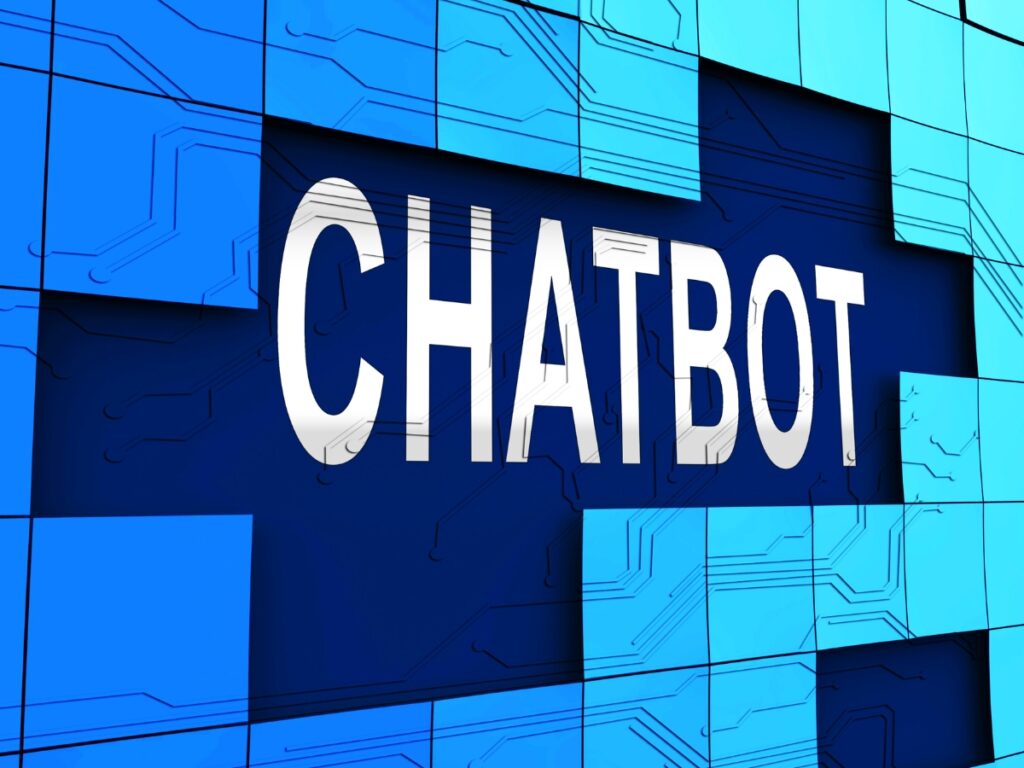
Introduction to Mastering Chatbot Training
In today’s digital age, chatbots have become an integral part of businesses, helping them streamline operations, enhance customer service, and improve user engagement. While the technology behind these chatbots is rapidly evolving, a significant component of their success lies in practical chatbot training.
This training ensures that chatbots can understand user needs and respond appropriately. Whether you’re a business owner, a digital marketer, or just a curious individual, understanding the nuances of chatbot training can significantly enhance user interactions and overall satisfaction.
The Growing Importance of Chatbot Training for User Engagement
Chatbots are no longer just simple tools for answering FAQs. They’ve evolved into sophisticated platforms offering personalized user experiences. As businesses increasingly rely on chatbots for myriad tasks—from customer support to sales—the quality of interactions these bots provide directly impacts user engagement.
Practical chatbot training enhances the bot’s ability to communicate naturally, understand diverse user queries, and offer relevant solutions. This fosters trust and encourages users to interact more with the platform, ultimately driving engagement and retention.

Critical Strategies for Optimal Chatbot Training
Following best practices in their training is imperative to ensure chatbots serve their purpose efficiently. First and foremost, understanding the user’s perspective is crucial. This means training the chatbot to recognize various user intents and respond effectively.
Using platforms like Botpress and Dialogflow, businesses can easily customize training modules to suit their needs. Another strategy is leveraging analytics from tools like Chatbase, which helps identify areas of improvement.
Furthermore, continuous training, incorporating feedback, and integrating multimedia responses can significantly elevate the user experience.
Analyzing Conversation History: The First Step to Training
Before diving deep into the training process, it’s essential to understand your chatbot’s past interactions. Analyzing conversation history provides valuable insights into what users commonly ask, where the chatbot might have faltered, and which responses were most effective.
Platforms like Chatbot.com and Wit.ai offer intuitive tools to review and analyze these conversations. This analysis is a foundation that helps trainers identify patterns, commonalities, and anomalies. With these insights, the subsequent training becomes more focused, ensuring the chatbot is well-prepared for future interactions.
User Intent: The Heart of an Effective Chatbot
One of the cornerstones of successful chatbot training lies in understanding user intent. It’s not just about recognizing the words used but comprehending the underlying meaning or purpose behind a user’s query.
Platforms like Dialogflow and Wit.ai have pioneered dissecting and understanding these intents, making chatbot interactions more organic and user-centric. Training chatbots to distinguish between various purposes—seeking information, making a purchase, or troubleshooting—guarantees an enhanced user experience.
Remember, the closer a chatbot comes to grasping real human intent, the more effective and engaging it becomes.
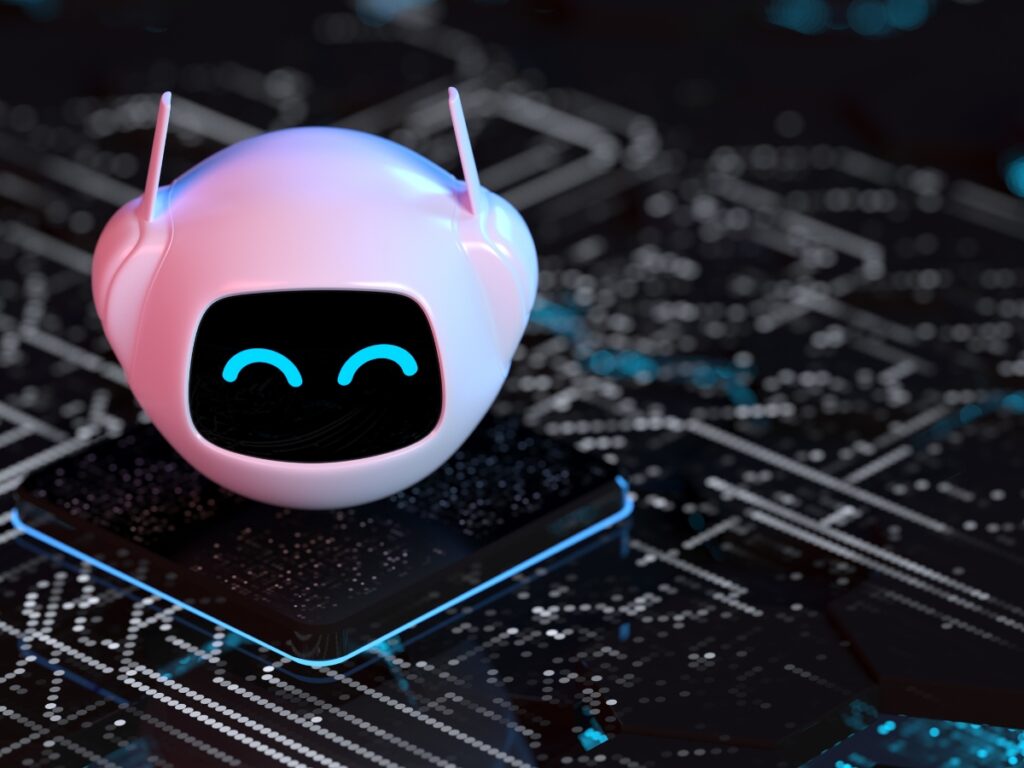
Beyond Text: Incorporating Multimedia in Chatbot Responses
Textual responses, while valuable, might sometimes fall short of delivering the desired user experience. Modern chatbots, trained using platforms like SnatchBot and Chatbot.com, now incorporate multimedia elements—such as images, videos, and GIFs—to make conversations more engaging.
For instance, a chatbot in e-commerce might showcase a product through a video clip or a high-resolution image. Or, a support chatbot might share a tutorial video to guide a user. By going beyond text and integrating multimedia, chatbots can cater to varied user preferences, ensuring richer interactions.
Continuous Improvement: The Need for Regular Revision
The world of chatbots isn’t static. User needs change, business objectives evolve, and new challenges arise. Hence, for chatbots to remain relevant and practical, there’s a continuous need for training and revision.
Platforms like Rasa and MonkeyLearn offer tools that allow for regular updates based on feedback and analytics. Every interaction, whether successful or not, provides data points that can be used to refine the chatbot’s responses.
Regularly revisiting and updating training modules ensures that chatbots are always in sync with the latest trends and user requirements.
Spotlight on Key Chatbot Training Products
A plethora of innovative products available in the market has revolutionized chatbot training. Botpress, for instance, stands out with its emphasis on easy training and customization. Chatbase is renowned for providing advanced analytics to refine bot performance and direct focused training.
Meanwhile, Dialogflow, backed by Google’s might, excels in natural language processing, simplifying the training process. Another notable mention is IBM Watson Assistant, which harnesses machine learning for more precise chatbot training.
With such diverse products, businesses have a myriad of options to choose from, ensuring their chatbots are nothing short of excellent.
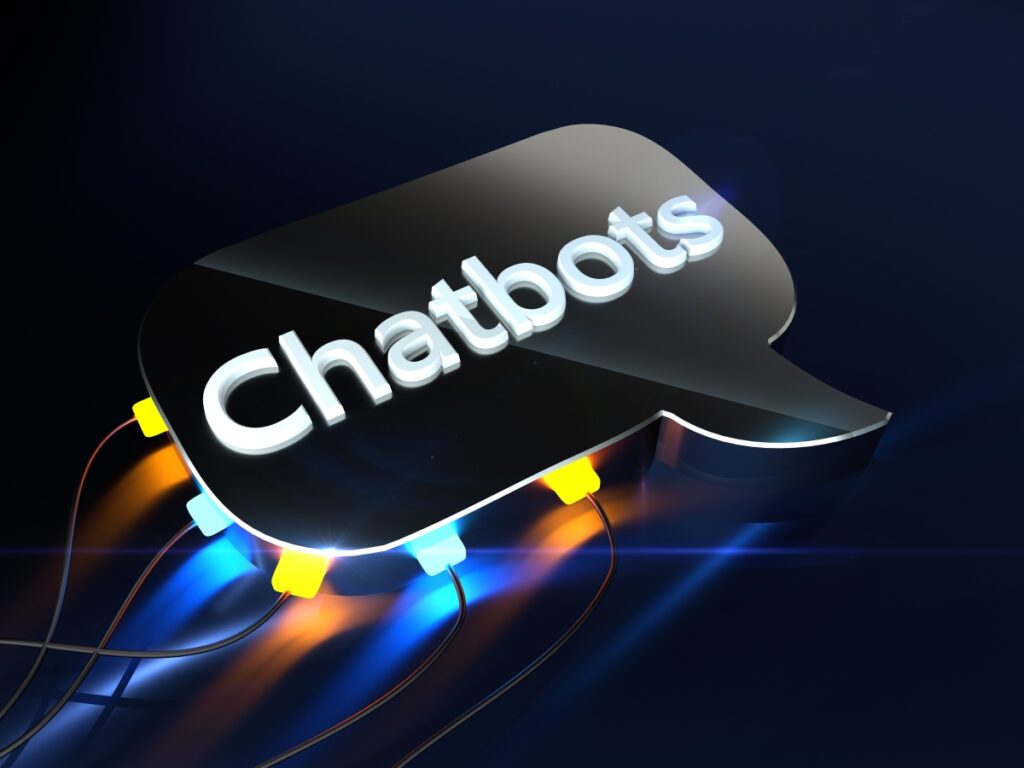
Botpress: Emphasizing Easy Training and Customization
Botpress has carved its niche by prioritizing user-friendly training and extensive customization options in the expansive realm of chatbot training. Recognizing that not every business has the exact needs or technical expertise, Botpress offers an open-source platform that simplifies the process.
Whether it’s a beginner trying their hand at chatbot development or an expert aiming for intricate customizations, Botpress caters to all. The platform’s modular design allows businesses to tailor their chatbot’s functionality without compromising ease of use, making it a top choice for many.
Case Study: A Successful Implementation with Botpress
A medium-sized e-commerce platform faced challenges in addressing customer queries efficiently. Turning to Botpress for a solution, they developed a chatbot that answered product queries and guided users through the purchase journey.
Thanks to Botpress’s intuitive training modules, the e-commerce platform could quickly implement solutions for common user issues, leading to a 35% reduction in customer support tickets. Moreover, with Botpress‘s customization options, they integrated multimedia responses, further enhancing user engagement. This success story underlines Botpress’s potential to elevate chatbot experiences.
Chatbase: Refining Bots with Advanced Analytics
Chatbase has emerged as a trailblazer in the chatbot training landscape, offering cutting-edge analytics that drives bot refinement. Rather than merely focusing on typical chatbot responses, Chatbase delves deep into interaction data, identifying bottlenecks and suggesting improvements.
With its visual dashboards, businesses can quickly pinpoint where users drop off or face issues, directing focused training efforts. By providing insights into user satisfaction, response effectiveness, and even conversation paths, Chatbase ensures that chatbots evolve to be more effective over time.
How Analytics Transforms Training: A Look at Chatbase
Platforms like Chatbase best illustrate the true power of analytics in chatbot training. Imagine a chatbot that can proactively identify its weak points—this is the future promised by analytics-driven movement. Chatbase‘s advanced tools analyze thousands of conversations, extracting patterns and behaviors that might go unnoticed in traditional training.
For instance, if a segment of users repetitively asks a question that the bot fails to answer correctly, Chatbase will highlight this. It provides businesses with actionable insights, ensuring that training efforts are directed where they matter the most, transforming chatbot efficiency and user satisfaction.

Dialogflow: Google’s Answer to Natural Language Training
In the constantly advancing world of chatbot training, Dialogflow stands as Google’s formidable response to the demands of natural language processing (NLP). With the backing of Google‘s infrastructure and technological prowess, Dialogflow offers unparalleled capabilities in understanding and processing user queries in a natural, human-like manner.
It simplifies the complexities of NLP, ensuring that chatbots can engage in fluid, context-aware conversations. For businesses aiming to provide their users with seamless, almost human-like interactions, Dialogflow emerges as an indispensable tool.
The Power of Google’s NLP in Chatbot Training
When discussing natural language processing in chatbots, Google’s Dialogflow epitomizes excellence. Google’s NLP algorithms have been trained on vast data sets, enabling them to decode intricate nuances in human language. With Dialogflow, chatbots can discern context, manage multiple conversation threads, and even handle ambiguous queries gracefully.
Such depth in understanding ensures that users aren’t confined to robotic, keyword-based interactions but can converse with chatbots just as they would with a human, making every interaction more meaningful and efficient.
IBM Watson Assistant: Machine Learning-Driven Training
IBM Watson Assistant takes chatbot training to another dimension, harnessing the power of machine learning for more refined and accurate responses. Unlike traditional rule-based systems that can be rigid, Watson Assistant continually learns from user interactions, adapting and evolving its responses over time.
This dynamic training mechanism ensures that the chatbot constantly improves, offering more relevant answers and anticipating user needs more precisely. Businesses looking to stay at the forefront of chatbot innovation turn to IBM Watson Assistant for its advanced machine-learning capabilities.
Watson’s Approach vs. Traditional Training Methods
Comparing IBM Watson Assistant to traditional training methods is akin to contrasting manual driving with autonomous vehicles. Formal chatbot training often relies on fixed rules and predefined scripts, leading to limited flexibility.
On the other hand, Watson’s approach leverages machine learning, allowing the chatbot to understand and learn from every interaction. Over time, it can predict user queries, refine its answers, and even preemptively address issues.
This proactive and adaptive model ensures chatbots stay relevant and efficient, drastically enhancing the user experience compared to conventional methods.
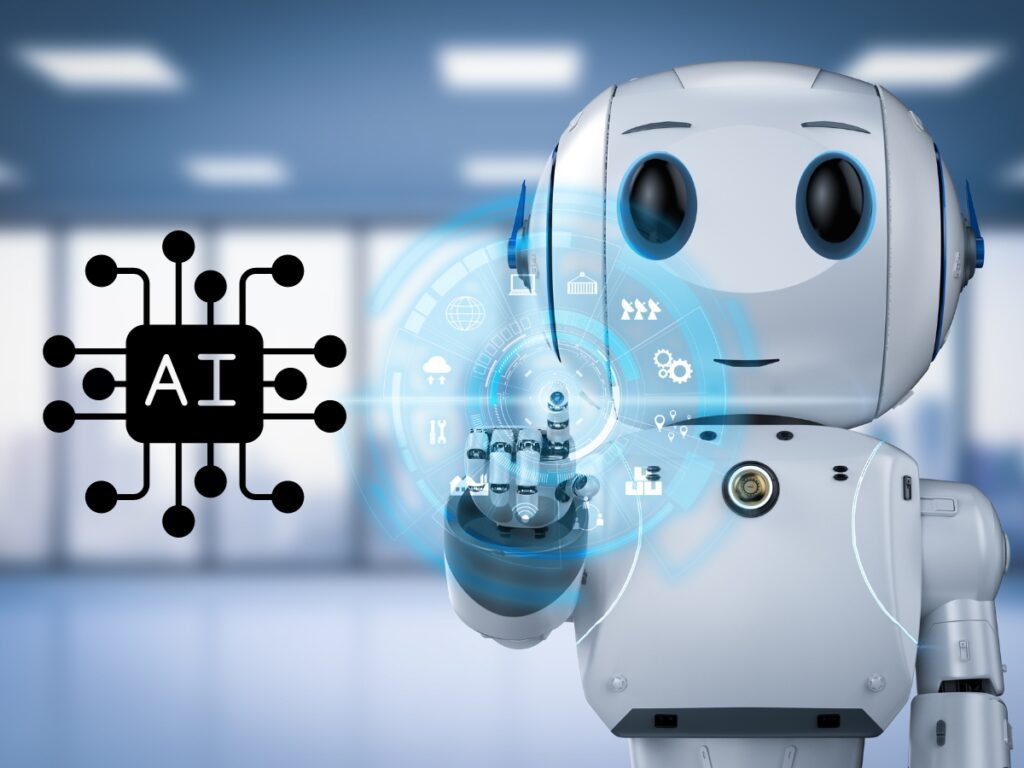
MonkeyLearn: Text Analysis Focused Chatbot Training
In chatbot training, MonkeyLearn shines with its emphasis on text analysis. By delving deep into the nuances of textual content, MonkeyLearn equips chatbots with the capability to understand, categorize, and respond to user queries more effectively.
This focus on text analysis ensures that chatbots don’t just react to keywords but comprehend the sentiment and context behind each message. MonkeyLearn presents an invaluable approach to rapidly shaping chatbot responses for businesses striving to achieve a heightened level of interaction.
The Role of Text Analysis in Effective Chatbot Training
Text analysis plays a pivotal role in modern chatbot training. While it’s essential for a chatbot to recognize keywords, authentic engagement arises when it understands the context and sentiment behind those words.
Platforms like MonkeyLearn excel in this aspect, utilizing advanced algorithms to dissect user inputs, from detecting emotions to grasping intricate details. By integrating such text analysis, chatbots can better gauge user intentions, ensuring interactions are accurate and resonate with the user on a personal level.
Rasa: In-depth training with Machine Learning
When it comes to harnessing the power of machine learning for chatbot training, Rasa stands out as a frontrunner. This open-source tool enables in-depth training, allowing chatbots to evolve continuously based on accumulated user interactions.
Rather than relying on static rules, Rasa ensures chatbots are dynamic entities, constantly learning and adapting. For businesses seeking a sophisticated, self-improving chatbot solution, Rasa offers a blend of innovation and adaptability that’s hard to match.
Case Study: Rasa’s Successful Implementation in E-commerce
In the e-commerce sector, where customer interactions are paramount, Rasa has showcased its prowess with remarkable implementations. One notable case involves a prominent online retailer that integrated Rasa to handle customer inquiries.
The chatbot, trained with Rasa’s machine learning capabilities, could instantly provide product recommendations, process returns, and even assist with payment queries. Over time, the bot learned from thousands of interactions, refining its responses and drastically reducing support ticket volumes.
The result? Enhanced customer satisfaction, reduced operational costs, and a testament to Rasa’s capabilities in revolutionizing e-commerce support.
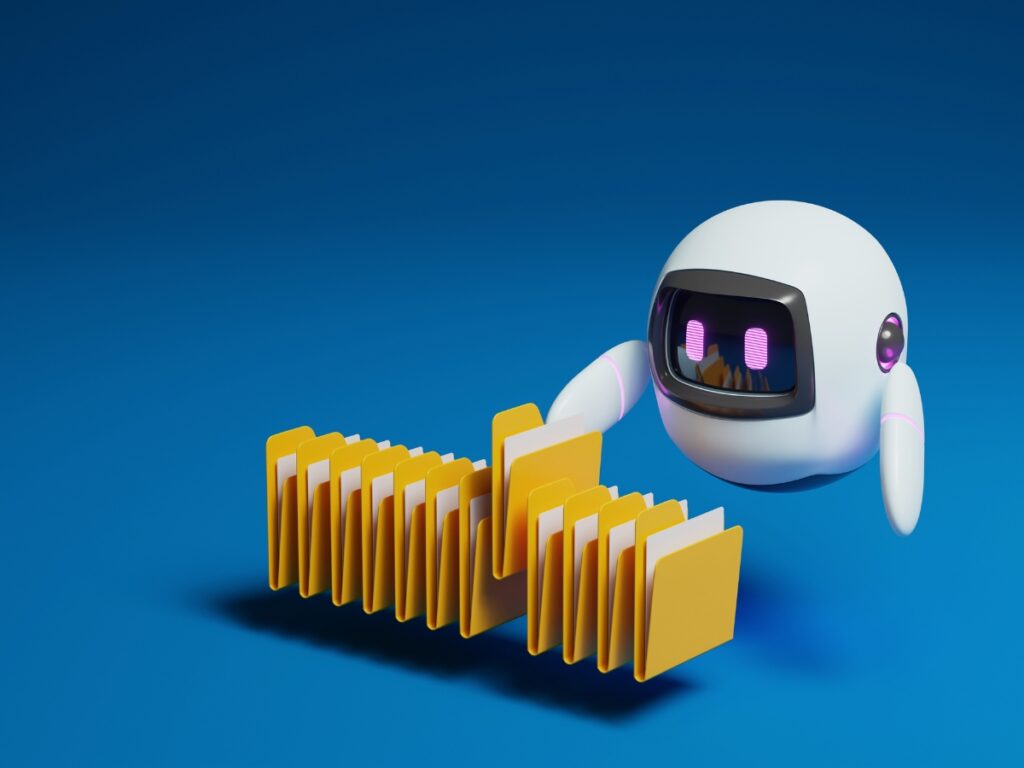
Zendesk Answer Bot: Training for Customer Support Excellence
The rapid digital transformation in customer service has brought forth many tools, but Zendesk Answer Bot stands out prominently. Driven by the goal of maximizing user satisfaction, Zendesk has invested heavily in refining its chatbot training protocols.
The emphasis? Delivering swift, accurate, and human-like responses. Users engaging with the Answer Bot often experience a seamless interaction, almost forgetting they are conversing with a machine. This chatbot experience, shaped by extensive training, is pivotal in elevating customer satisfaction and cultivating trust in the brand.
How Zendesk Optimizes Support Through Training
The training journey of the Zendesk Answer Bot is an ongoing, intricate process. Beyond the initial data feeding, Zendesk adopts a progressive learning approach. The platform analyzes past interactions, siphons invaluable feedback, and integrates these learnings into the bot’s knowledge base.
By leveraging state-of-the-art AI models and simulating diverse conversational scenarios, Zendesk ensures that the Answer Bot is well-prepared for any query. This rigorous training regimen ensures that every user interaction is not just a support ticket but an opportunity to delight.
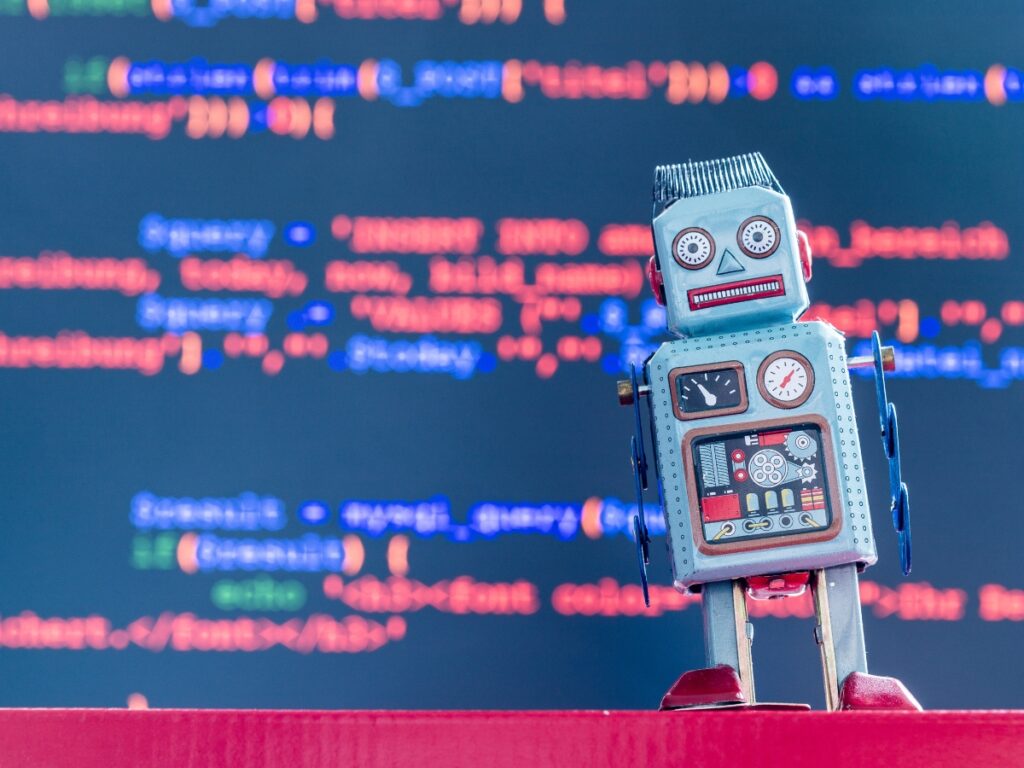
Challenges and Solutions in Chatbot Training
The path to perfecting chatbot training is laden with challenges. Whether deciphering the vast array of human emotions or understanding the myriad ways a question can be posed, chatbots must be versatile. Fortunately, we are witnessing a paradigm shift with tools like Zendesk Answer Bot and platforms like Rasa.
These platforms have showcased that a blend of advanced AI, extensive data sets, and continuous learning can mold chatbots into nearly flawless conversationalists, bringing us closer to a future where machine-human interactions are indistinguishable.
Overcoming Data Limitations in Training
Data is the bedrock of any AI system, and chatbots are no exception. But what happens when the data pool is limited or skewed? It can lead to chatbot responses that miss the mark. Overcoming this requires a multi-faceted approach.
Incorporating analytics tools, such as Chatbase, can provide insights into areas of improvement. Additionally, platforms like Zendesk encourage user feedback, turning every interaction into a potential learning opportunity.
Chatbots can transcend limitations and deliver unparalleled user experiences by diversifying training data and emphasizing quality.
Ensuring Consistency across Multiple Chatbot Platforms
Navigating the world of chatbot platforms can be overwhelming. From Botpress to Zoho Cliq, each venue boasts distinct features. However, one challenge remains common: maintaining chatbot consistency. For businesses operating on multiple platforms, ensuring the chatbot delivers a uniform brand experience is paramount.
This involves harmonized training datasets, shared learning across platforms, and standardizing response structures. Platforms like Chatbot.com provide intuitive training modules, helping businesses ensure that the chatbot remains unmistakably ‘them’ regardless of the forum.
Balancing Bot Personality with Effective Responses
A chatbot’s personality can captivate users. Whether it’s Replika’s conversational depth or Tars‘ emphasis on engagement, personality matters. But there’s a balance to strike. It’s essential that a chatbot’s ‘character’ doesn’t overshadow its primary function: providing accurate responses.
Training programs, such as those offered by MonkeyLearn, focus on text analysis, allowing bots to maintain their unique flair while ensuring the quality of interaction. By merging personality with precision, chatbots can charm users without compromising effectiveness.

Real-World Implementation: Case Studies
While theoretical knowledge of chatbot training is beneficial, real-world applications demonstrate their potential. Companies worldwide are leveraging chatbot training tools, refining their chatbot’s capabilities, and witnessing transformative results.
The case studies are diverse and enlightening from e-commerce giants optimizing user experience with Rasa to support teams boosting satisfaction rates using Zendesk Answer Bot. Each tale underscores the importance of rigorous training and its profound impact on user engagement.
Improving Customer Support with IBM Watson Assistant
IBM Watson Assistant is more than just another chatbot; it’s a testament to the prowess of machine learning-driven training. One notable implementation was within a multinational corporation’s customer support division. The support team struggled with response times due to a deluge of queries daily.
Enter Watson Assistant. With its machine learning capabilities, the chatbot was trained using thousands of support tickets, learning to anticipate common questions and providing immediate solutions. The result? Drastically reduced wait times, a spike in customer satisfaction, and a support team free to tackle more complex issues.
The success of this implementation underscores the transformative power of practical chatbot training.
Enhancing E-commerce Experience with Rasa
In the bustling realm of e-commerce, ensuring a seamless customer experience is paramount. Rasa, an open-source tool known for its deep machine-learning capabilities, is playing a pivotal role in this. Businesses harness Rasa to train chatbots that understand shopper nuances, from product inquiries to payment concerns.
For instance, a leading online retailer implemented a Rasa-powered chatbot, introducing it to historical customer interactions. The result was impressive: quicker query resolutions, personalized product recommendations, and a significant uptick in user satisfaction. Such success stories amplify Rasa’s unmatched potential in revolutionizing e-commerce interactions.
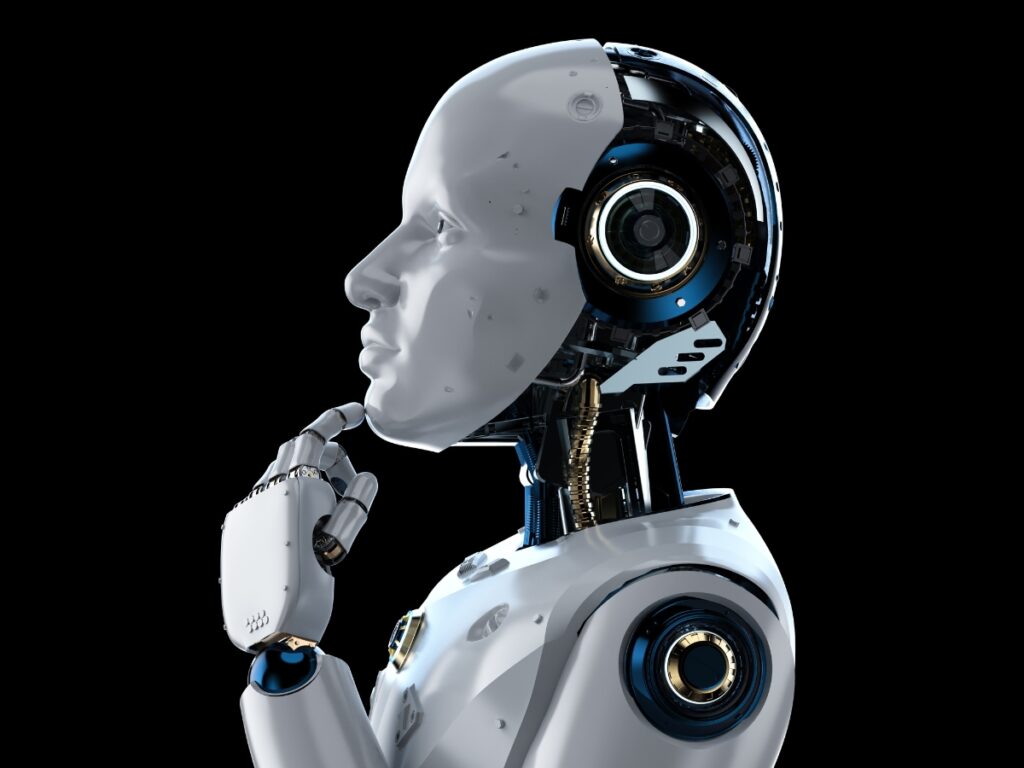
FAQ: Addressing Common Queries on Chatbot Training
Though brimming with promise, chatbot training also poses many questions. As businesses globally integrate chatbots, understanding the intricacies of movement becomes indispensable. While some queries concern the time commitment involved, others delve into the adaptability of older chatbots.
Then, there’s the challenge of discerning training variations across industries. Let’s embark on a journey to clarify these frequently asked questions, ensuring a robust foundation in chatbot training.
How Much Time Is Needed to Train a Chatbot Effectively?
Chatbot training is less about the clock and more about the depth of data. Simple chatbots, like those handling basic FAQs, might require only a few hours with tools like Wit.ai.
Conversely, complex bots, especially those powered by machine learning platforms like IBM Watson Assistant, may demand weeks, refining their responses through continuous iterations.
However, with media such as Chatbase offering advanced analytics, the efficiency of the training process can be markedly enhanced, optimizing both time and results.
Can an Old Chatbot be Retrained with New Data?
Absolutely! Chatbots, regardless of their ‘age,’ are highly adaptable. Using platforms like Dialogflow or SnatchBot, businesses can infuse fresh data into their older chatbots, revamping their response mechanisms.
For instance, a hotel that upgraded its amenities retrained its chatbot with new information using Chatbot.com. Existing customers were pleasantly surprised by the bot’s updated knowledge. This adaptability underscores the dynamic nature of chatbots, which are ever-ready to evolve with changing business needs.
Differences in Chatbot Training Approaches Across Industries
Chatbot training isn’t a one-size-fits-all endeavor. A banking bot, trained using Botpress, might prioritize transaction security, while a healthcare bot might emphasize diagnostic accuracy. E-commerce chatbots, such as those honed by Rasa, focus on enhancing shopping experiences, from product search to after-sales support.
Meanwhile, solutions like Zendesk Answer Bot ensure that training emphasizes query resolution efficiency in customer support. Recognizing these industry-specific nuances is crucial for tailoring training strategies ensuring chatbots meet the unique demands of each sector.
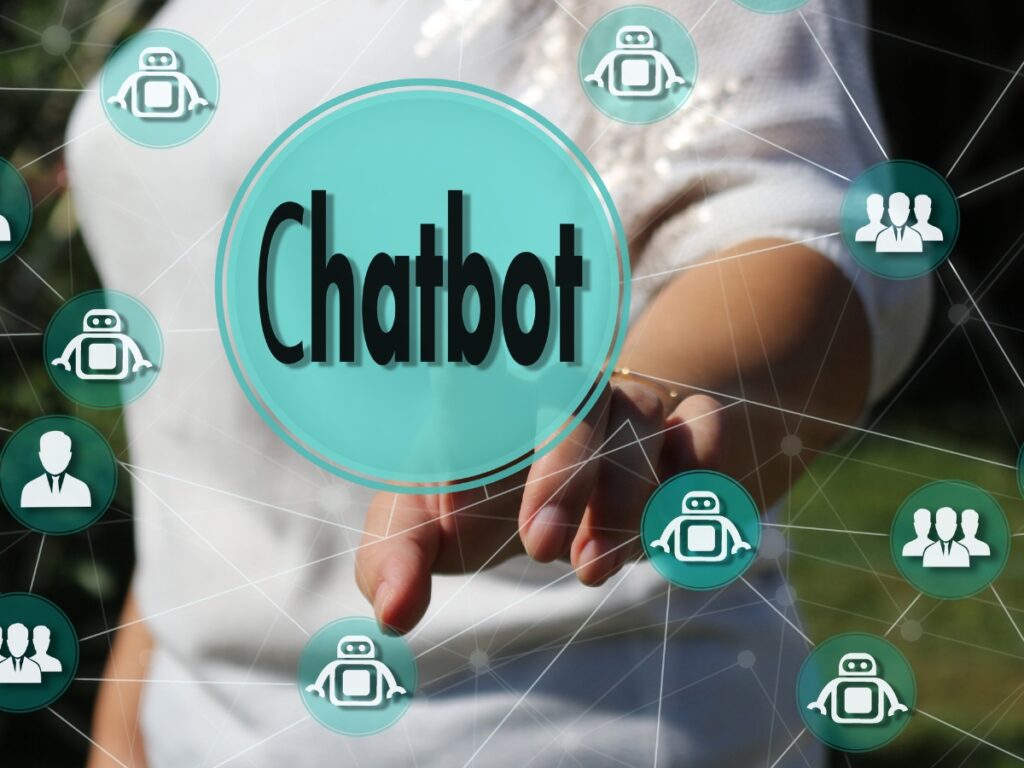
Conclusion: The Future of Chatbot Training & User Engagement
As we gaze into the horizon of chatbot technology, it’s evident that training is not merely an ancillary task but the linchpin determining success. The strides made in recent years, from sophisticated machine learning techniques to nuanced text analysis, underscore the profound evolution of chatbot training methodologies. At the heart of this evolution lies the goal of enhanced user engagement.
User engagement, in turn, is the golden metric that businesses chase. A well-trained chatbot, equipped with an understanding of user intent and the ability to converse with multimedia elements, offers users a holistic experience beyond the mundane. It provides a slice of the future: prompt, precise, and personalized interactions.
Furthermore, as businesses expand and the world becomes increasingly digital, ensuring consistent, round-the-clock user support becomes imperative. Chatbots rise to this challenge when effectively trained, bridging the gap between user expectations and business deliverables.
Yet, the journey is far from over. With emerging technologies and growing user expectations, the domain of chatbot training will witness further innovations. Businesses that stay attuned to these shifts, investing time and resources in optimal chatbot training, will be the frontrunners in delivering unmatched user engagement in the digital era.
In essence, the future of chatbot training is bright, promising, and brimming with potential. One thing remains specific as businesses and users navigate this evolving landscape: well-trained chatbots are the future of seamless, meaningful, and enriching user interactions.

You Might Also Like
If you enjoyed this article and received value from it, check out the other Blue Lane Group articles in the Best Chatbots for Customer Service: Blueprint for Success in 2023 series:
- Chatbot ROI: Unlock Unmatched Profits with Top 5 Strategies for Optimization
- Omnichannel Chatbots: Unlock Consistent Engagement with 7 Best Practices
- Chatbot KPIs: 10 Essential Metrics to Drive Optimal Results
- Multilingual Chatbots: Break Language Barriers with 8 Leading Solutions
- Enterprise AI Chatbot Solutions: 7 Key Tools to Supercharge Your Business
- Mastering Chatbot Training: 7 Strategies for Optimal User Engagement
- Chatbot APIs: 6 Leading Options for Seamless Functionality
- Chatbot Scripts: 9 Proven Strategies to Boost Conversions and Engagement
- Rule-Based Chatbots: Drive Consistent Responses with Top 9 Benefits
- Chatbot Success Metrics: Unlock Optimal Performance with Top 10 Insights
- Chatbot Analytics: Drive Excellence with 10 Essential Tools
- Mastering Interactivity: Top 10 Chatbot Frameworks Explored
- Chatbots in Retail: 7 Winning Strategies for Elevated Customer Engagement
- Chatbots for Lead Generation: 6 Best Practices to Transform Your Funnel
- Chatbot Integrations: 6 Essentials for Enhanced Productivity and Operations
- Chatbot UX: Enhance Engagement with These 8 Vital Principles
- Chatbot Security: 7 Essentials to Safeguard Your Business
- Chatbot Development Services: 7 Must-Knows to Boost Your ROI
- Chatbots in Healthcare: 6 Leading Innovations Revolutionizing Patient Care
- NLP for Chatbots: Top 6 Techniques Transforming Chat Experiences
- Benefits of Chatbots in Customer Service: 7 Key Sales Boosters
- 7 Essential Social Media Chatbots for Unmatched Engagement
- Building Chatbots Powered by AI: 5 Proven Techniques for Epic Profits





